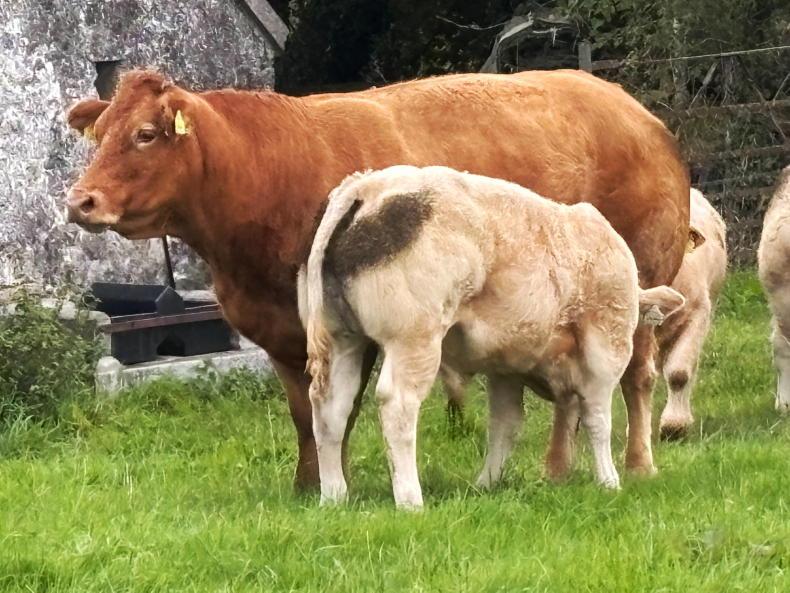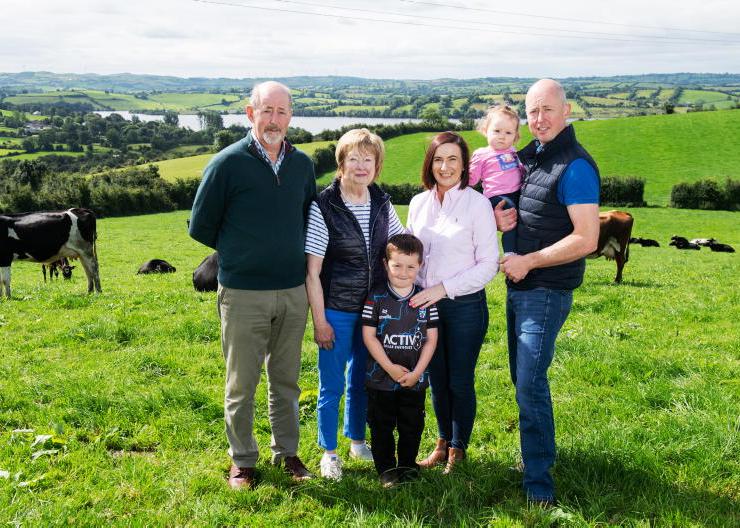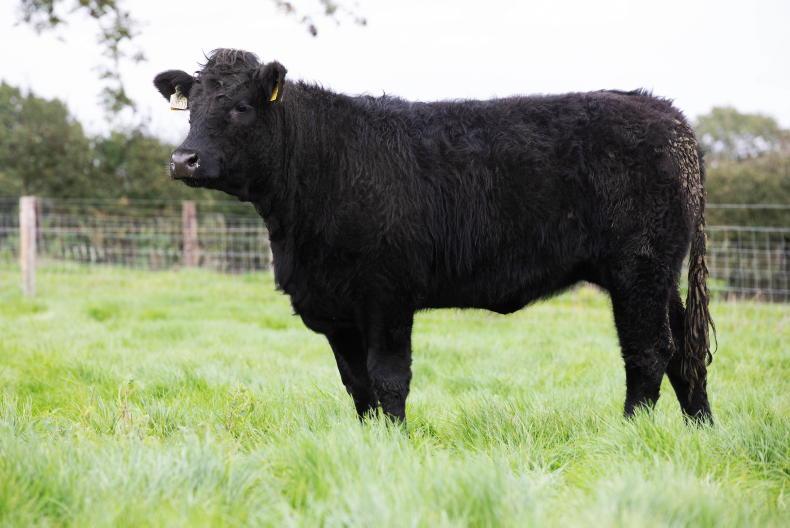Creep feeding calves: Grass dry matter has been relatively low the past few weeks, with dry matters at 11% to 12%. This makes it extremely hard on stock being fed on a grass-only diet to get sufficient energy into themselves. Spring-born weanlings will now have little dependency on milk from their dams, with the majority of their energy coming off this low-DM grass, with farmers reporting a stagnation in thrive of calves in recent weeks. A small amount of creep should be given to help increase energy going into calves. To ensure all calves get an equal amount, creep-grazing calves ahead of cows and feeding concentrates in a trough works best. The highest return on concentrates to daily liveweight gain is in the first 1kg to 3kg of meal fed. As opposed to using a creep feeder and allowing some calves to gorge on meal, use a creep gate and allow calves to graze ahead of cows or a more basic method is to raise the wire in one place to allow calves walk underneath it. This will also help break the cow-calf bond when it comes to weaning. If not already completed, bull and heifer calves should be separated immediately to prevent any mating of young heifers.
Grassland management: We are probably in the third-last round of grazing for beef farms, with good growth still being seen. However, as good as growth is, stock are eating through paddocks rapidly. A paddock that might have lasted three days in the past is now only lasting a little over two days. The poor ground conditions mean that farmers are also unable to graze out paddocks tightly, which is also reducing the residency period in paddocks.
Roughage in the form of hay or good-quality straw can be provided to stock to help slow down the rotation, while also providing roughage to slow down the passage of the very low dry matter grass cattle are eating. Where there is a high clover content in swards, roughage should be provided, as bloat has become a problem in recent weeks. Concentrates can also be introduced to forward store cattle while still at grass to help reduce demand and improve performance.
The aim for farms should be to increase their rotation length by approximately 2.5 days/ week. In simpler terms, you should be at a 25-day rotation now (grazing 4% of your farm per day), increasing this to a 30-day round by 1 September.
Autumn-calving cows: Autumn calving has kicked off in the last two weeks. Cows should be drafted close to the yard or house as they approach their calving date to monitor cows pre- and post-calving. While the majority of farmers will choose to calve outdoors for labour reduction and to reduce the risk of diseases, it’s important that there are handling facilities close by should intervention be required. All necessary equipment (calving jack, ropes, naval spray, etc) should also be available on site, as well as a supply of either frozen or powdered colostrum should cows calve down lacking colostum themselves.
While it is best to let cows calve themselves, a good rule of thumb is to intervene if there is no progress one hour after the cow has passed the water bag.










SHARING OPTIONS